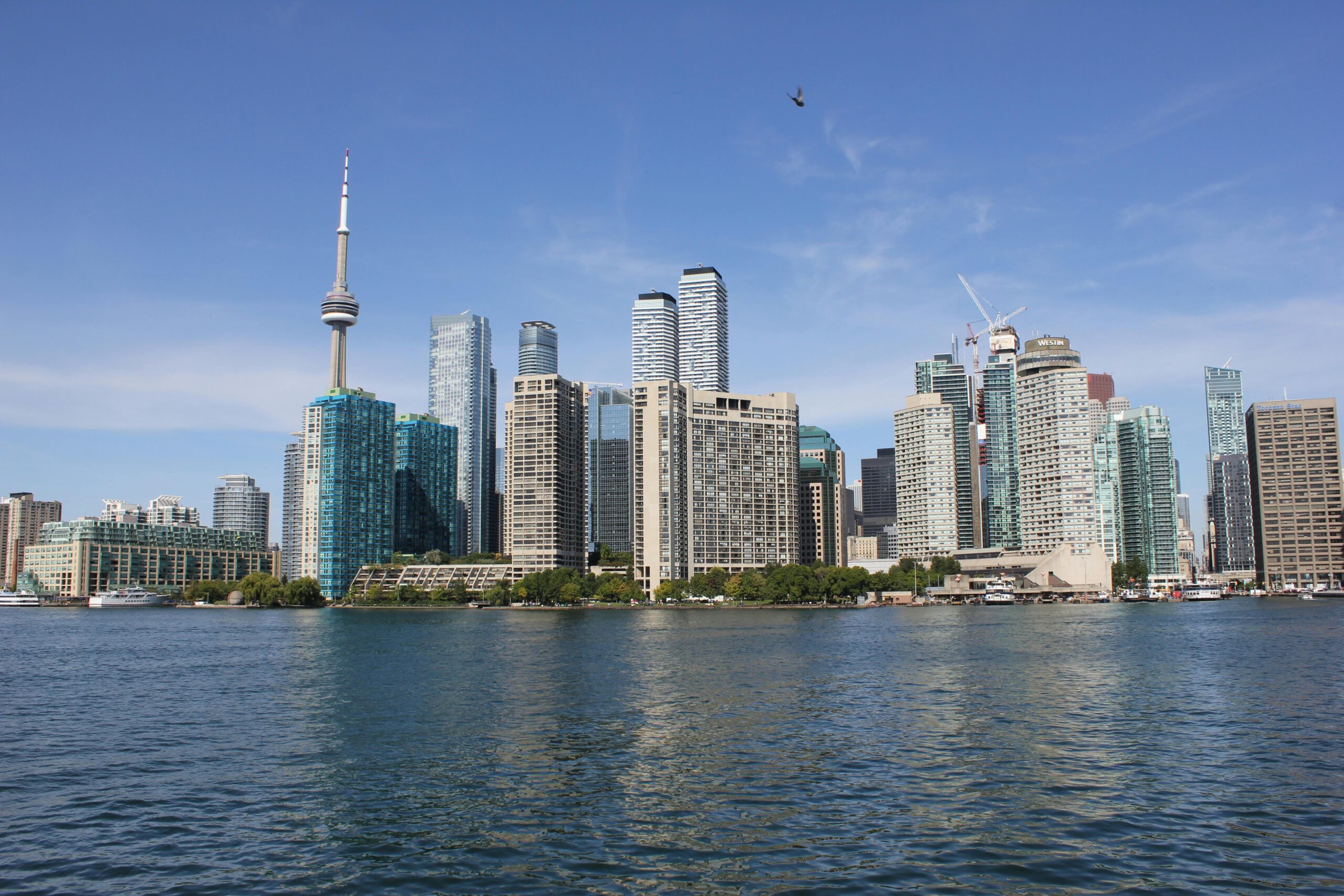
Listen to the whole story here:
The city of Toronto can expect another summer of fun at the lake. Experts say the city is home to some of the cleanest beaches in the world.
Toronto has many ‘blue flag’ beaches, the world’s most recognised voluntary award for beaches and marinas that are awarded based on a series of environmental and educational safety tests.
“Decades ago there were constant water advisories across Toronto beaches. People don’t realize how much the water has improved,” said Johanna Sanchez, a senior research associate of epidemiology at Toronto Metropolitan University.
Sanchez says the city is stuck in the past when Toronto did not have the greatest water quality. Despite some beach closures due to high levels of E.coli throughout the summer months the city has had eight blue flag beaches along its shores.
Isabel Fleisher is the national manager of the water monitoring hub with Swim Drink Fish, a volunteer-led group that aims to create clean water for various communities around the world.
Fleisher grew up along the shores of Lake Ontario. Although the water quality has drastically improved, the stigma of poor water quality has stuck around.
“That’s what a lot of us are told if we grow up in the city, especially if our parents are from nearby. Lake Ontario really did have poor water quality,” said Fleisher.
The Toronto and Region Conservation Authority (TRCA) was established in 1957. The TRCA is a not-for-profit organization that aims to enhance their region’s natural environment and monitor the various watersheds in Toronto.
“All levels of government have been working together for decades to improve Lake Ontario in the Toronto region through the remedial action plan and significant progress has been made, but there is still more to be done,” said the TRCA in a statement.
The action plan includes multiple plans to work toward improving the water quality in Toronto. Some of the plan includes seabins to collect trash buildup as well as the recently completed Don Mouth Naturalization Project that has opened a more natural ending to the river while helping to alleviate flooding.
Some beaches in Toronto remain problematic. Experts point out that Sunnyside beach and Marie Curtis beach, two of the city’s most western beaches, do not meet the blue flag standards.
Toronto holds strict guidelines when the city measures the water quality for E. coli with a 100 CFU/100ml threshold.
High E. coli levels can be particularly dangerous for younger children as ingesting water or even sand can result in gastrointestinal illness.
“It’s all about making an informed decision. I personally go in the water when it fails to meet the standards, said Fleisher. “I have a really good understanding of what I’m getting myself into and why it might be failing.”
Fleisher was very pleased with the city after the completion of the Don Mouth Naturalization Project, which added 14 hectares of new aquatic habitat to the eastern waterfront in an attempt to alleviate flooding and erosion. She has recommended they act with the same urgency in other areas like the city’s West end.
Reporter, On The Record, Winter 2024
This article may have been created with the use of AI tools such as
Reporter, On The Record, Winter 2024
